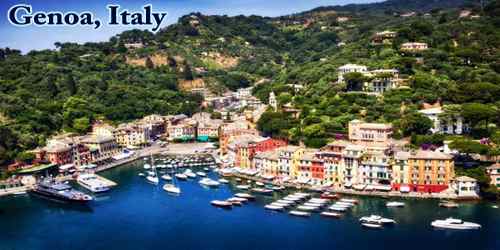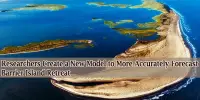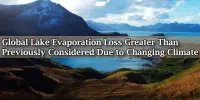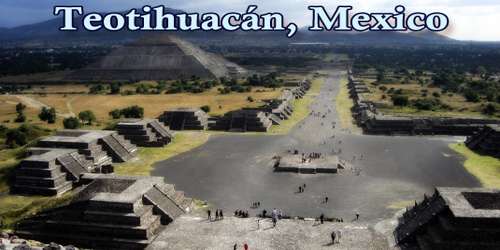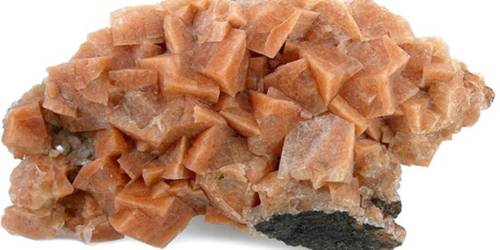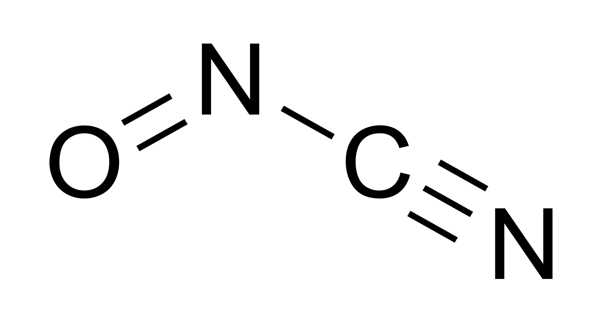Oceanic crust is the outermost layer of Earth’s lithosphere that sits underneath the ocean basins. It is the top layer of the oceanic part of the tectonic plates. It is made up of the top oceanic crust, which contains pillow lavas and a dike complex, as well as the lower oceanic crust, which contains troctolite, gabbro, and ultramafic cumulates. The crust resides on top of the mantle’s solid topmost layer. The crust and the hard upper mantle layer combined make up oceanic lithosphere.
The oceanic crust is mostly made up of mafic rocks, or sima, which are high in iron and magnesium. It is mostly made of basaltic rock, which is denser than the continental crust.
It is thinner than continental crust, or sial, and is often less than 10 kilometers thick; however, it is denser, with a mean density of around 3.0 grams per cubic centimeter, compared to continental crust’s density of about 2.7 grams per cubic centimeter.
Here are some key points about oceanic crust:
- Composition: Oceanic crust is mainly composed of basalt, a dark-colored volcanic rock. It also contains minerals like pyroxene and olivine.
- Thickness: Oceanic crust is generally thinner than continental crust, with an average thickness of about 7 to 10 kilometers (4 to 6 miles).
- Age: The age of oceanic crust varies across the ocean basins due to the process of seafloor spreading at mid-ocean ridges. New oceanic crust forms at these ridges and gradually moves away, making the oceanic crust closest to the ridges younger than the crust farther away.
- Density: Due to its composition and thickness, oceanic crust is denser than continental crust. This density plays a crucial role in the tectonic processes of plate movement and subduction.
- Life Cycle: Oceanic crust undergoes a continuous cycle of formation, movement, and destruction. New crust forms at mid-ocean ridges through volcanic activity, moves laterally away from the ridges, and eventually gets consumed or subducted beneath continental crust or another oceanic plate at subduction zones.
- Subduction: Subduction occurs when oceanic crust dips into the mantle at convergent plate borders. This process can result in the construction of deep oceanic trenches, volcanic arcs, and earthquakes.
- Heat Flow: The oceanic crust also makes a considerable contribution to Earth’s heat flux. Heat created during the creation and cooling of oceanic crust has an impact on ocean circulation, weather patterns, and the overall dynamics of the Earth’s interior.
Understanding the oceanic crust is critical for studying plate tectonics, oceanography, and Earth’s geological history. It provides insights into the dynamic processes that shape the Earth’s surface and interior.

